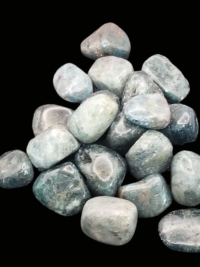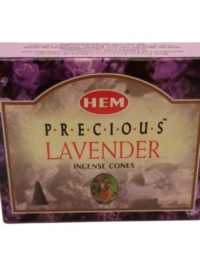-
×
 Shadowscapes Tarot Cards
1 × $23.99
Shadowscapes Tarot Cards
1 × $23.99 -
×
 Apatite, tumbled
1 × $3.00
Apatite, tumbled
1 × $3.00 -
×
 Auset Gypsy Tarot
1 × $24.99
Auset Gypsy Tarot
1 × $24.99 -
×
 Lavender Incense Cones
1 × $1.50
Lavender Incense Cones
1 × $1.50
Subtotal: $53.48

